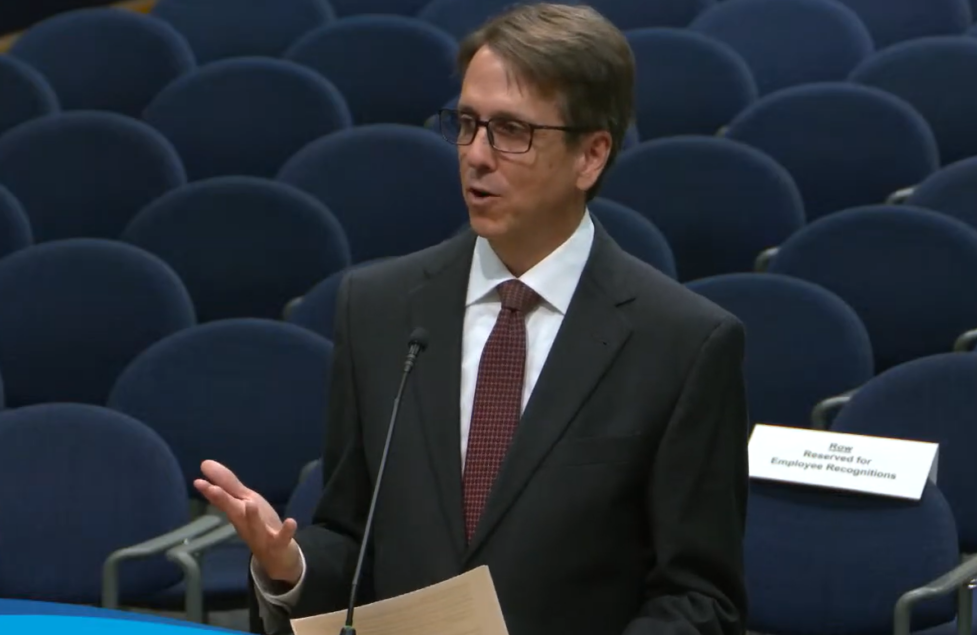
FEMA Ends Resilient Infrastructure Program, Rescinding $882M in Funding

The Trump administration’s cancellation of hundreds of millions of dollars in grants for resilience projects through the Building Resilient Infrastructure and Communities (BRIC) program is leaving the fate of numerous resilience projects already in the planning and design phases in a state of uncertainty. FEMA says it is ending the BRIC program and cancelling all BRIC applications from fiscal 2020-23. As a result, it will rescind approximately $882 million in yet-to-be-spent funding for resilience projects and programs.
Although the Trump administration established BRIC in 2018, the program received a large boost during the Biden years after Congress passed the Bipartisan Infrastructure Law, which authorized $1 billion specifically for the program over five years. Unspent funds will now either be returned to the U.S. Treasury or added to the $3.6 billion remaining in the agency’s Disaster Relief Fund for disaster response and recovery efforts.
A 2019 National Institute of Building Sciences report identified a $6 return-on-investment for every $1 of public funding spent on up-front mitigation.
A FEMA spokesperson described BRIC as “yet another example of a wasteful and ineffective FEMA program … more concerned with political agendas than helping Americans affected by natural disasters” in an April 2 statement.
Groups and entities involved in planning for the increasingly damaging storms that are causing thousands of fatalities each year say the funding rescissions are short-sighted. “We need more evidence-based impactful investment in building resilience, not less,” says Todd Bridges, former head of the U.S. Army Corps of Engineers’ Engineering With Nature program and now a professor at the University of Georgia’s College of Engineering and the Institute for Resilient Infrastructure Systems.
According to the National Oceanic and Atmospheric Administration, the number of disasters causing more than $1 billion in damage has steadily climbed since 1980. As of 2024, more than 17,000 people have died in more than 400 disasters that caused at least $1 billion each in damage, costing the U.S. more than $2.9 trillion total. At the same time, numerous studies have tied federal investment to avoided costs.
“I understand that we all need to be concerned about needing to squeeze every dollar of value invested in achieving resilience on the ground,” and that “every dollar has to count,” says Bridges. But when looking at the total damage to infrastructure, buildings and cost to human life, the impacts are “devastating,” he says.
Louisiana and Florida alone are set to lose millions in grant funds. Just one program that could be impacted is a South Florida Water Management District (SFWMD) group of canal flood-reduction projects.
In June 2024, BRIC awarded SFWMD $150 million in reimbursement grants for three projects that the agency says align with its Sea Level Rise and Flood Resiliency program. The projects aim to address flood risk from both sea-level rise and extreme rainfall through the construction of basin-wide flood mitigation and enhancement solutions.
Each of the three projects: C-7 Basin Resiliency, C-8 Basin Resiliency and C-9 Basin Resiliency, received around $50 million, SFWMD says, which covered roughly 70% of project costs. The other 30% was funded by non-federal interests, including SFWMD, Miami-Dade County and South Broward Drainage District, via matching funds. The programs currently are in the design phase and have not yet begun construction.
In an emailed statement, a SFWMD spokesperson said the district “is still evaluating the impacts of the elimination of FEMA’s BRIC grants. No immediate decisions are needed at this time because we are still designing the projects and have not started construction.”
But the funding clawbacks are startling to many. “The decision to dismantle FEMA’s largest pre-disaster mitigation program is beyond reckless,” said Chad Berginnis, executive director of the Association of State Floodplain Managers. “Cutting funding from projects already underway will leave states and communities scrambling, increasing disaster risk to families and business instead of reducing it.”
Bridges notes that major infrastructure programs aren’t built overnight. “This is urgent, and this has got to be a long-term investment strategy.”
Post a Comment
You must be logged in to post a comment.





